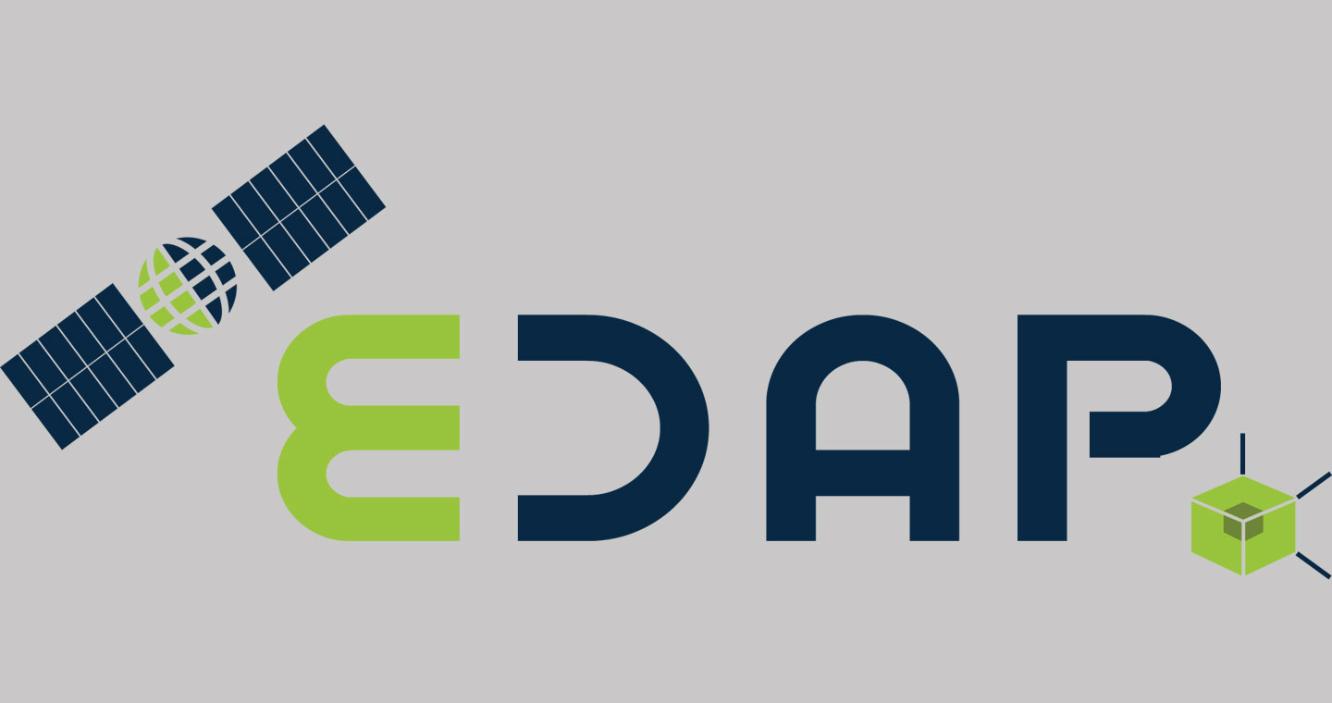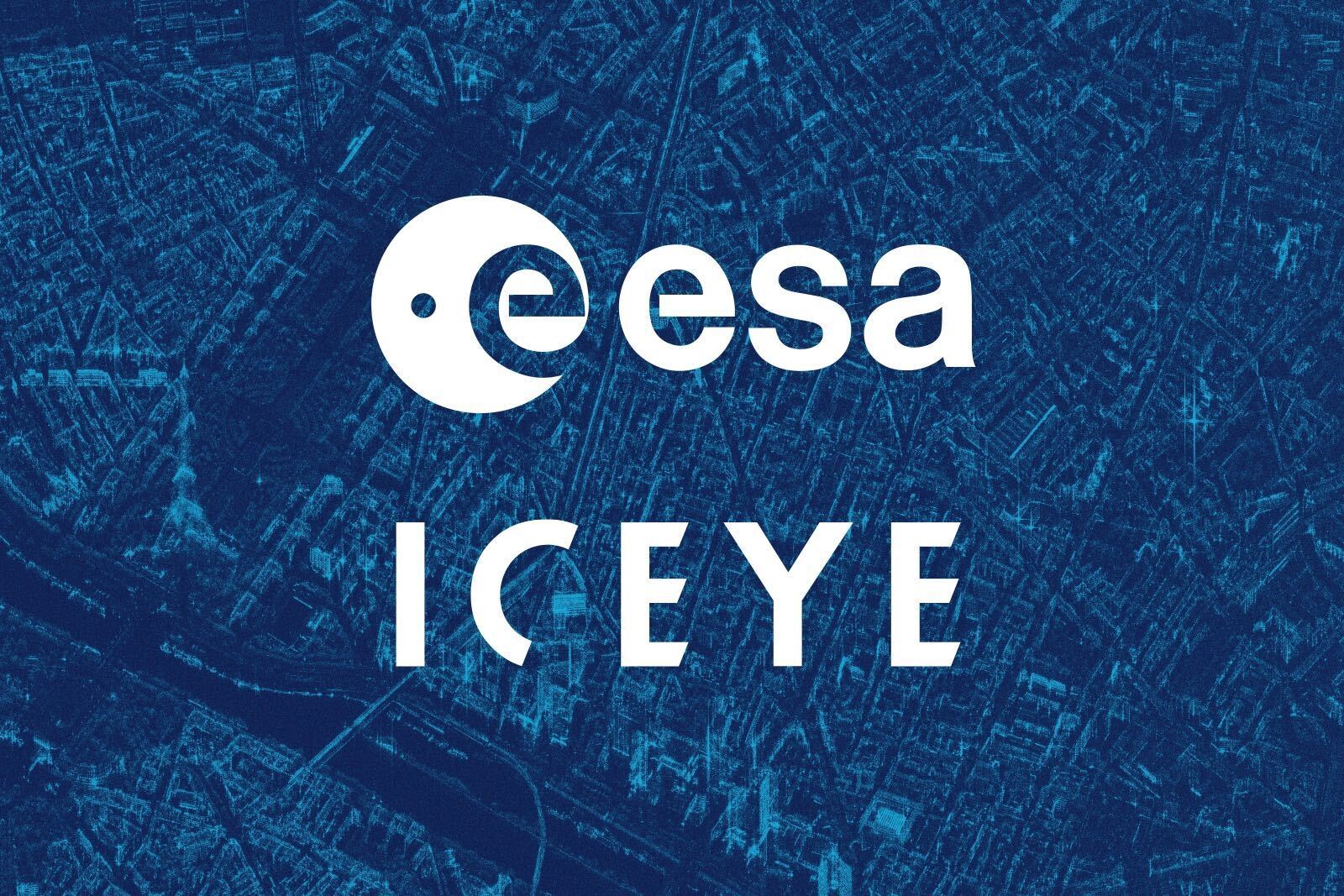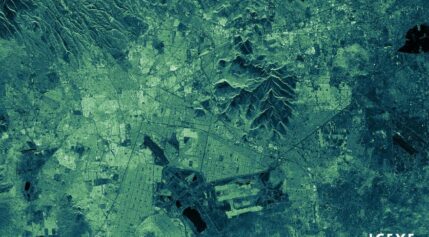

Esa earthnet program software#
All ACNS sensors and actuators are controlled by the ACNS software package (developed at the Université de Sherbrouk) running on the central ERC-32 RISC processor. The absolute pointing accuracy is 150 arcsec the relative pointing stability is 10 arcsec over a 10 s period. Attitude measurements are provided by an autonomous star tracker [referred to as ASC (Advanced Stellar Compass), a GPS-based attitude sensor (SRG-20), gyroscopes (one resonating gyro, built by Sagem of France, flies for the first time) and four three-axis magnetometers attitude control is provided with four miniaturized reaction wheels and four magnetorquers. The ACNS (Attitude Control and Navigation Subsystem) performs autonomous on-board navigation. The S/C structure resembles a box (60 cm x 60 cm x 80 cm) of conventional honeycomb design with body-mounted solar panels (GaAs) on five sides. of Kruibeke, Belgium and sponsored by OSTC (Federal Office for Scientific, Technical, and Cultural Affairs) of Belgium. PROBA was designed/developed by a consortium led by Verhaert Design and Development N. 6)įigure 1: Artist's impression of the PROBA satellite (image credit: Verhaert Space, ESA) Spacecraft: The scientific interest relates to the use of the imaging spectrometer CHRIS.

The following functional capabilities and/or techniques are to be demonstrated: 1) 2) 3) 4) 5)

PROBA is minisatellite technology demonstration mission in ESA's General Study Program with the objective to address issues of on-board operational autonomy of a generic platform. Spacecraft Launch Mission Status Sensor Complement References PROBA-1 (Project for On-Board Autonomy - 1) Imaging multi-spectral radiometers (vis/IR) This data is made available on a “per project” basis as well as to eligible Horizon 2020 applicants.Aerosols, Vegetation, Radiation budget, Albedo and reflectance, Atmospheric Temperature Fields, Multi-purpose imagery (land), Ocean colour/biologyįraction of Absorbed PAR (FAPAR), Leaf Area Index (LAI), Ocean suspended sediment concentration, Earth surface albedo, Short-wave Earth surface bi-directional reflectance, Vegetation type, Atmospheric temperature (column/profile), Aerosol absorption optical depth (column/profile), Land cover, Ocean chlorophyll concentration, Normalized Differential Vegetation Index (NDVI), Photosynthetically Active Radiation (PAR), Color dissolved organic matter (CDOM), Soil type, Land surface imagery, Aerosol Extinction / Backscatter (column/profile) This is a flexible offering that includes new collections and satellite tasking. International NGOs– Any person or institution (government or non-government) that is registered with the UN and involved in humanitarian or environmental activitiesįor complete information on eligible user categories, please see the User Categories page.Union Research Projects– Participants in a research project financed under the Union research programmes.EU Member State Public Authorities– Any person, institution or contractor having public or administrative duties Public research and academic organisations.European Union Institutions– Agencies, bodies and contractors defined in EU Treaties.Access is granted to users within the following categories: Core data sets include WorldView VHR multispectral imagery. These are large, pre-defined data sets, covering the needs of the Copernicus services and other Earth Observation activities. Nearly everyone can access Sentinel satellite data through the Copernicus Open Access Hub.


 0 kommentar(er)
0 kommentar(er)
